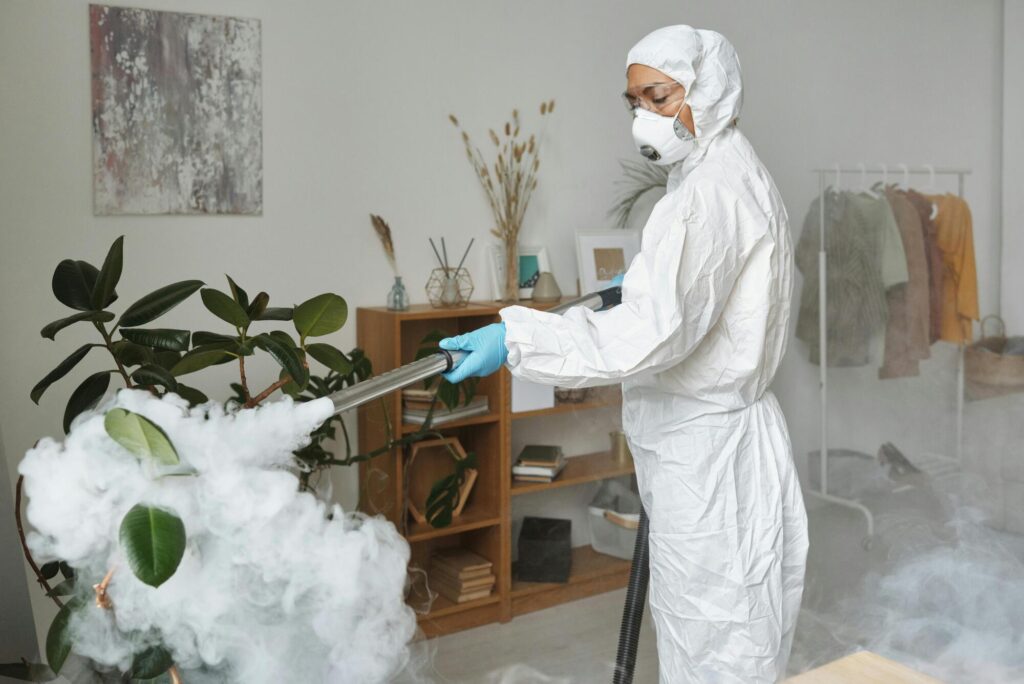Pest entry points are a major concern for business buildings. These small openings or unnoticed gaps allow pests to invade and cause disruptions.
Understanding where pests can enter is the first step in keeping them out. This article will highlight common access points and provide helpful insights for maintaining a pest-free environment.
Read further!
Doors and Windows
Doors and windows are common pest entry points. Gaps under doors or damaged weather stripping can let pests inside. Unsealed window frames also create vulnerabilities.
Regular maintenance and sealing of these areas can help. Screen installations for windows further reduce access. Proper door sweeps are also essential for keeping pests out.
Cracks and Holes in Walls
Even the smallest cracks or holes in walls can invite pests inside. These gaps often form around utility lines or pipes. Over time, weather or structural shifts may widen these cracks.
Filling and sealing cracks with appropriate materials is important. Periodic inspections can catch issues early. This step can prevent infestations before they begin.
Roof Vents and Gaps
Business buildings often have roof vents that provide airflow. Unfortunately, these can also be pest entry points. Birds, rodents, and insects can find their way inside.
Mesh covers can help secure roof openings. Regular roof inspections are also beneficial. Sealing gaps along roof edges provide added protection.
Utility Lines and Pipes
Utility lines, pipes, and cables often create hidden entryways for pests. These areas are easy for insects and rodents to access. Seal gaps around pipes with durable materials.
Expanding foam or silicone caulking works well for this task. Routine inspections help maintain secure seals. Keeping this area sealed reduces infestation risks.
Loading Docks and Storage Areas
Loading docks and storage areas are high-traffic spaces in business buildings. Open doors and frequent deliveries create opportunities for pests. Keeping doors closed when not in use helps reduce access.
Cleaning up spills or food debris in storage areas is essential. Sealing cracks in dock walls can add extra protection. These areas should be regularly inspected for pest activity.
Basements and Crawl Spaces
Basements and crawl spaces are dark, damp, and inviting for pests. Cracks in foundations or poorly sealed windows can allow entry. Moisture control is also important in these areas.
Dehumidifiers can help reduce dampness. Sealing foundation cracks is essential. In serious cases, hire a commercial pest control service for proper treatment.
Exterior Landscaping Features
Landscaping features close to the building can attract pests. Overgrown bushes and tree branches provide bridges for pests to reach the structure. Mulch beds can harbor insects and rodents.
Keep plants trimmed and at least a foot away from the building. Use pest-resistant landscaping materials when possible. Routine maintenance of the exterior grounds helps reduce pest risks.
Learn to Recognize Pest Entry Points in Business Buildings
Protecting business buildings from pest entry points. By sealing gaps and maintaining clean environments, businesses can reduce pest problems.
Routine inspections help spot vulnerabilities early. Investing in preventative measures is always beneficial. A pest-free environment contributes to better operations and peace of mind.
Should you wish to read more, visit our blog page. We’ve got more topics for you!







